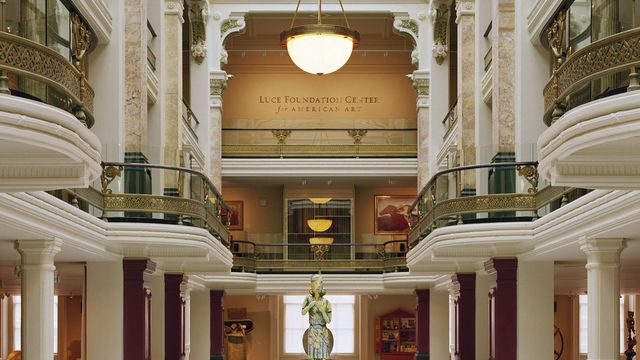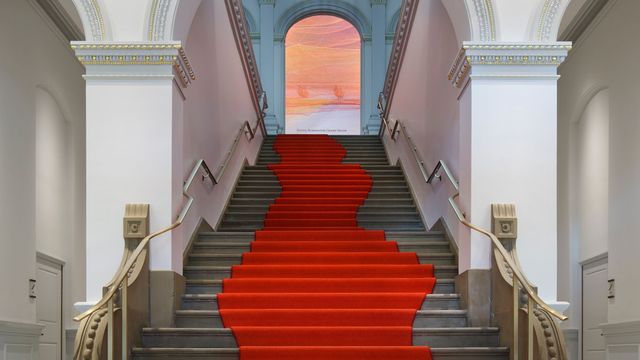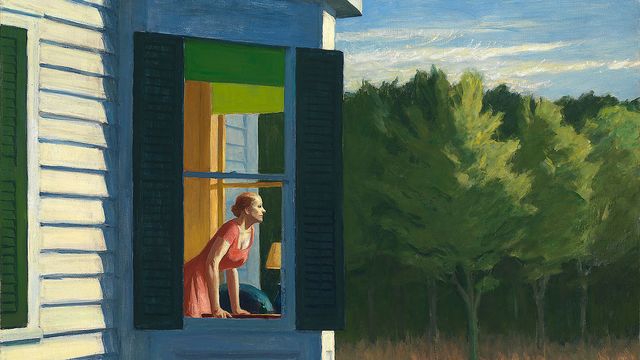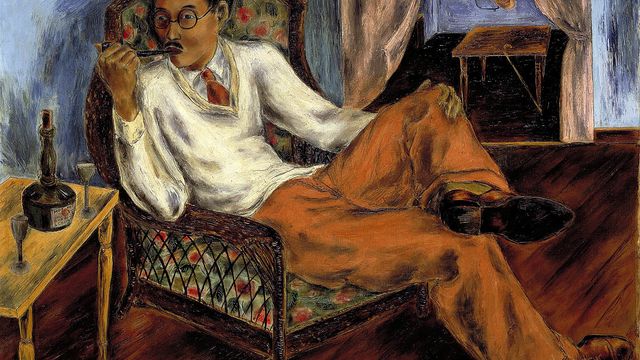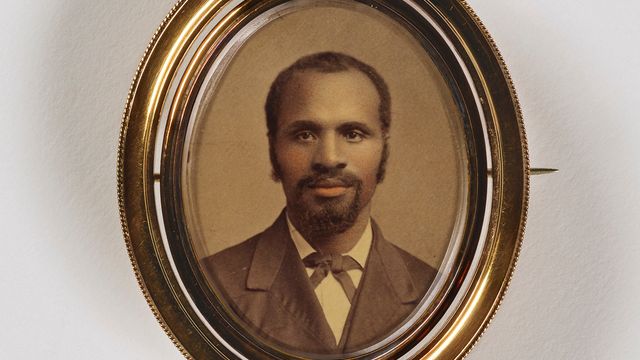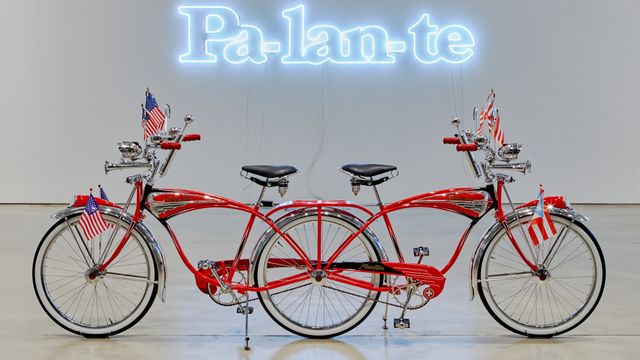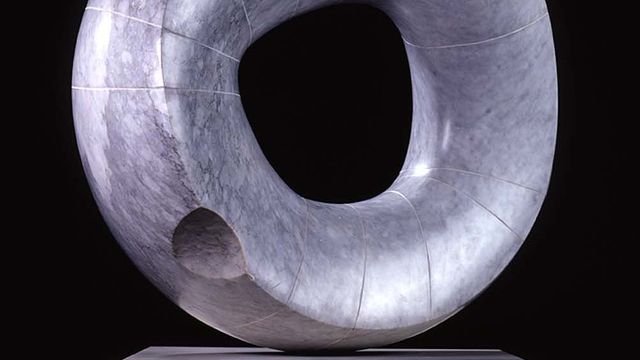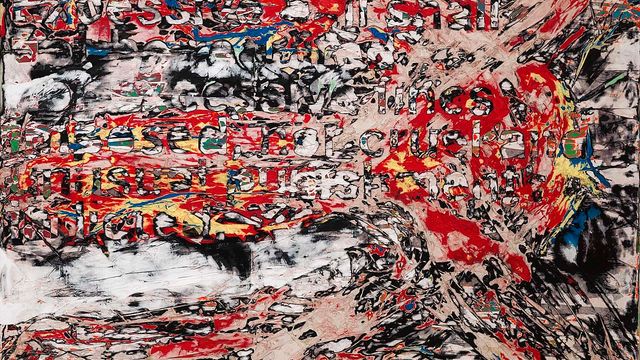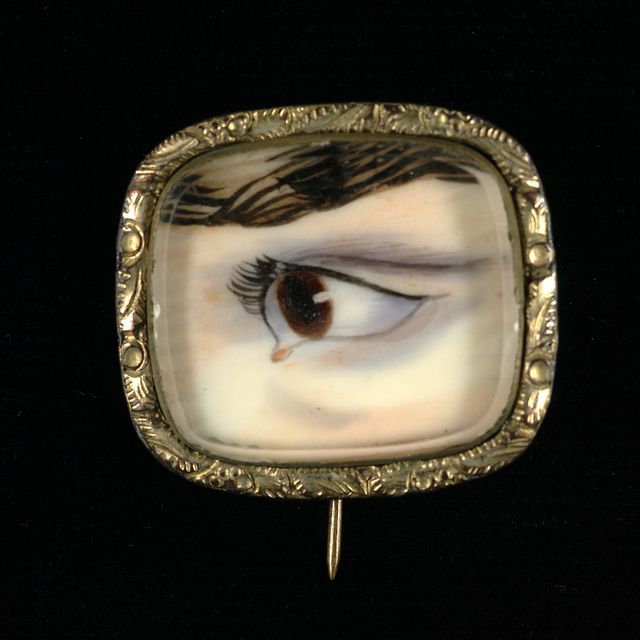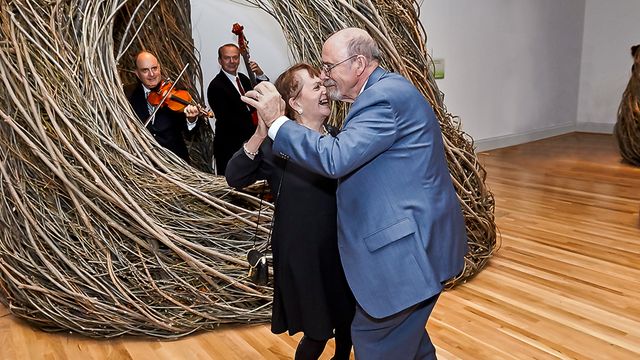Artwork Details
- Title
- Recording Sound
- Artist
- Date
- 1932
- Location
- Not on view
- Dimensions
- 32 x 48 x 6 3⁄4 in. (81.3 x 121.9 x 17.1 cm)
- Credit Line
- Museum purchase
- Mediums Description
- plaster and oil on wood
- Classifications
- Subjects
- Object — furniture — stereo
- Architecture Interior — detail — stairs
- Allegory — senses — hearing
- Object Number
- 1989.25
Artwork Description
Recording Sound is in many ways a self-portrait. Roszak studied music, but chose to pursue a career in art. He was making the transition from painting to sculpture when he created this work, which has elements of both. Roszak imagined himself as a kind of machine that absorbed experiences, recreated them, and transmitted them to others, just as the new recording technology replayed real events for new audiences.
Exhibition Label, Smithsonian American Art Museum, 2006


